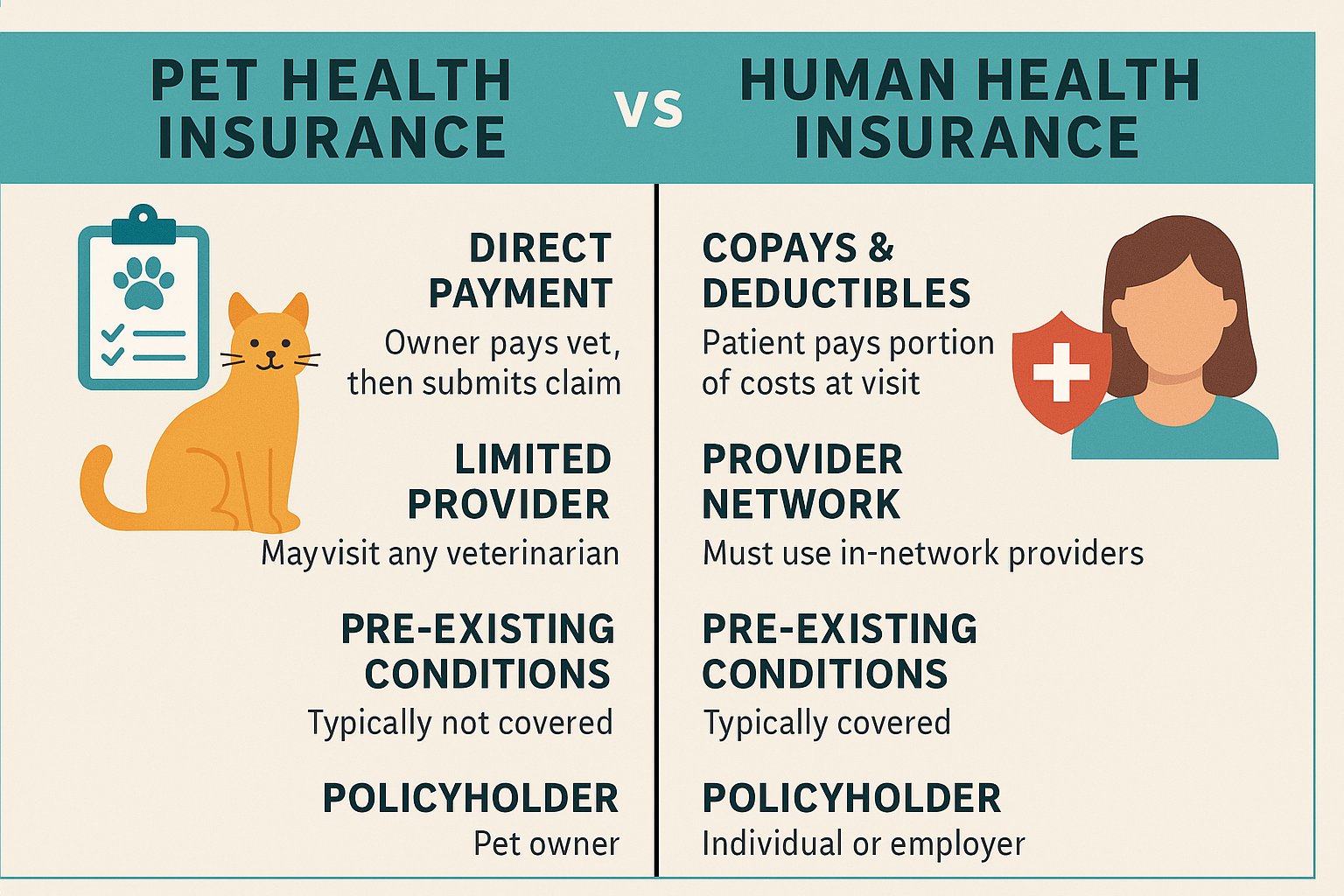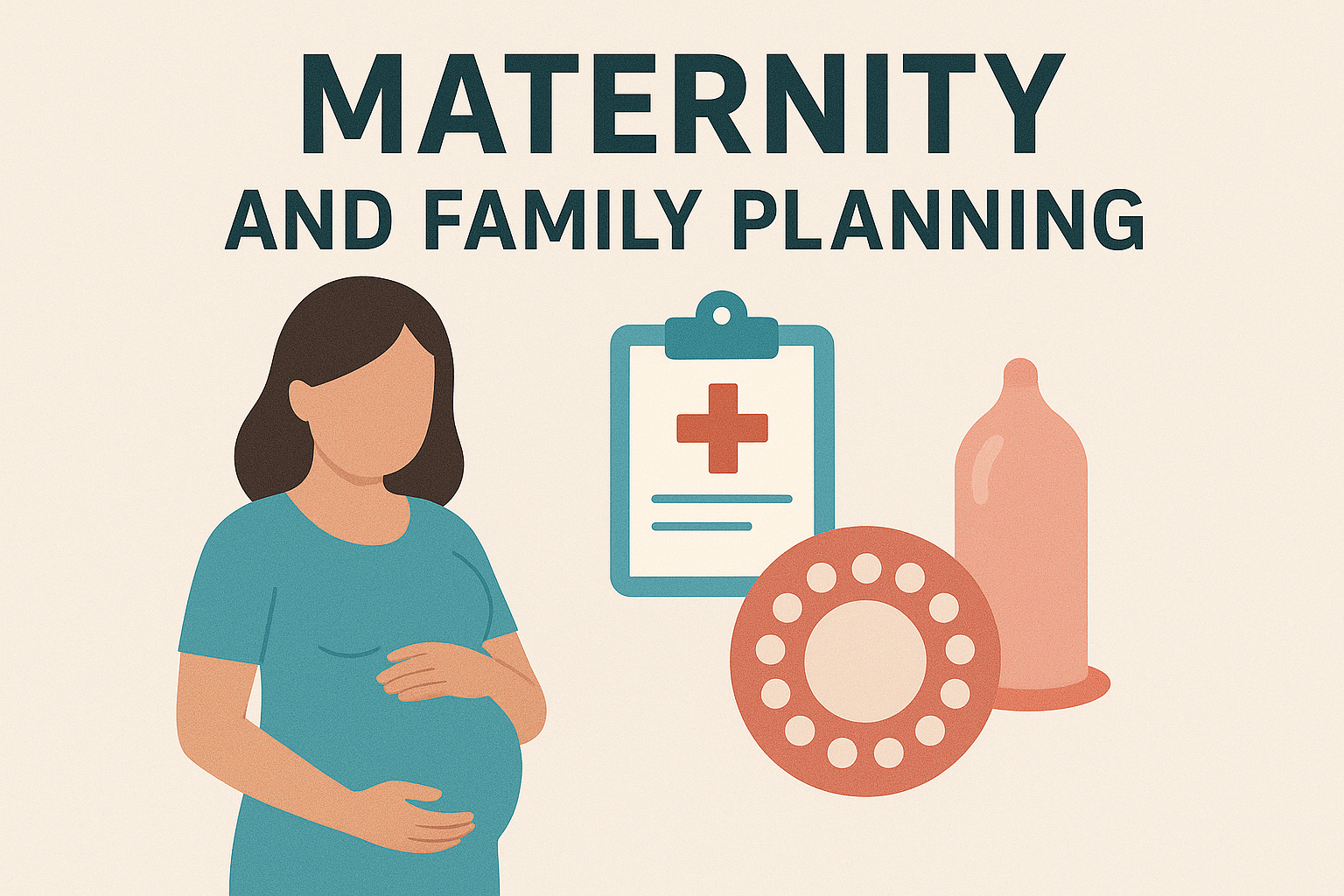
How Does Health Insurance Work? A Beginner’s Guide
Introduction
Health insurance can feel complicated, especially if you’re encountering it for the first time. But understanding how it works is essential in today’s world where medical costs can quickly become overwhelming. Whether you’re starting a new job, working as a freelancer, or simply looking to better understand your current coverage, knowing how health insurance works helps you make informed decisions and avoid unexpected expenses. This guide explains the basics of health insurance, how it functions, and what you need to know to confidently choose and use your plan in 2025.
What Is Health Insurance?
Health insurance is a financial arrangement between you and an insurance provider, where you pay a monthly fee—called a premium—in exchange for financial help with medical costs. This includes expenses such as doctor visits, hospital stays, surgeries, emergency services, prescription medications, and preventive care like vaccinations and screenings. The insurance company agrees to pay a portion of these healthcare expenses, provided they are covered under your plan. In essence, health insurance protects you from bearing the full cost of medical treatments, which can otherwise be unaffordable.
Understanding the Key Components of Health Insurance
To truly grasp how health insurance works, it’s important to understand a few key terms. The premium is the fixed amount you pay each month to keep your insurance active, whether or not you use any medical services. The deductible is the amount you must pay out of your own pocket for healthcare services each year before your insurance begins to pay. For example, if your deductible is $1,500, you will be responsible for that amount in healthcare costs before your insurer starts to share the financial burden.
Even after meeting your deductible, you may still have to share the cost of care through coinsurance or copayments. A copayment is a flat fee you pay when you receive a service—for example, $30 for a routine doctor’s appointment. Coinsurance, on the other hand, is a percentage of the cost of a service that you’re responsible for paying. You may also have an out-of-pocket maximum, which is the most you’ll pay in total for covered healthcare services during the year. Once you reach this limit, your insurance provider will cover 100 percent of all further eligible costs for the remainder of the year.
How Health Insurance Works in Practice
The process of using health insurance begins when you enroll in a plan and start paying your monthly premium. When you need medical care, you visit a healthcare provider, ideally one within your plan’s approved network. The provider will bill your insurance company for the services rendered. If you haven’t met your deductible yet, you’ll be responsible for paying for those services out of pocket. Once your deductible is met, your insurance kicks in and begins to share the costs with you through copays or coinsurance. If you reach your out-of-pocket maximum, your insurer will pay all covered costs from that point forward for the rest of the policy year.
Types of Health Insurance Plans
There are several types of health insurance plans, and each one offers different levels of flexibility and cost. Health Maintenance Organization (HMO) plans tend to be more affordable but restrict you to a specific network of providers and usually require referrals to see specialists. Preferred Provider Organization (PPO) plans offer more flexibility, allowing you to visit any doctor or specialist without a referral, even those outside of your network, but typically come with higher premiums. Exclusive Provider Organization (EPO) plans are similar to HMOs but don’t require referrals, though they do not cover out-of-network care except in emergencies. Point of Service (POS) plans blend elements of HMO and PPO plans and may require referrals for specialists while still offering some out-of-network coverage.
How to Get Health Insurance
You can obtain health insurance in several ways. Many people receive coverage through their employer, where the employer often pays a portion of the premium. If you don’t have access to employer-sponsored insurance, you can purchase a plan through a government marketplace like HealthCare.gov or your state’s exchange during the annual Open Enrollment Period. Depending on your income, you may qualify for subsidies that lower the cost of premiums and out-of-pocket expenses. In addition, government programs such as Medicare, for people aged 65 and older, and Medicaid, for low-income individuals and families, provide health insurance to those who meet specific criteria. Self-employed individuals, freelancers, or those who prefer more tailored coverage can also buy plans directly from private insurance companies.
Real-Life Example
To illustrate how health insurance works, let’s say you break your leg and the total cost of your treatment is $10,000. If your plan has a deductible of $1,500, you’ll need to pay that amount before your insurance starts to cover any costs. Once the deductible is met, your insurer may require you to pay 20 percent of the remaining bill as coinsurance. In this case, you’d pay $1,700 (20 percent of the remaining $8,500). Altogether, your total out-of-pocket cost would be $3,200, and your insurer would cover the remaining balance. This example shows how insurance can significantly reduce your financial burden during a medical emergency.
Why Health Insurance Is Important
Having health insurance gives you peace of mind by protecting you from high medical bills and giving you access to essential health services. It encourages preventive care, allowing you to catch health issues early before they become serious. Without insurance, even a minor medical issue could result in hundreds or thousands of dollars in expenses. More importantly, insurance often makes healthcare more accessible, helping people stay healthier over time. Whether you’re managing a chronic condition or simply want coverage for emergencies and routine check-ups, a good health insurance plan is essential for both your physical and financial well-being.
Conclusion
In summary, health insurance is a critical tool that provides financial protection and access to medical care when you need it. Understanding how health insurance works—how premiums, deductibles, copays, and coinsurance interact—empowers you to make better choices about your coverage. Whether you’re evaluating your first plan or shopping for better options during the 2025 Open Enrollment period, being informed helps you select the right coverage and avoid unexpected costs. With the right plan in place, you can focus on your health and well-being without worrying about overwhelming medical bills.



